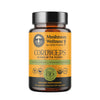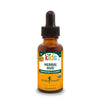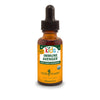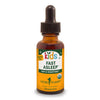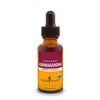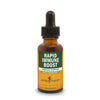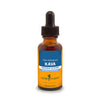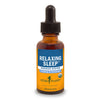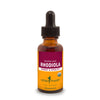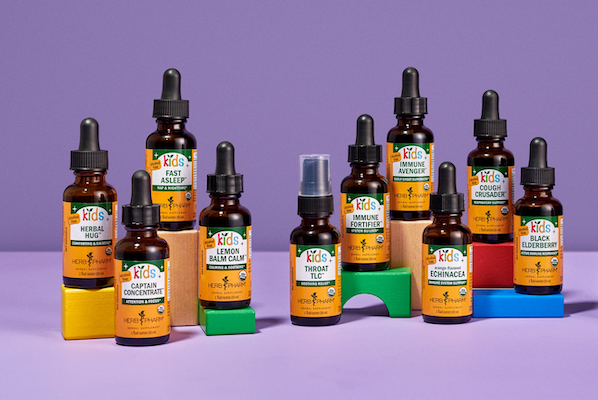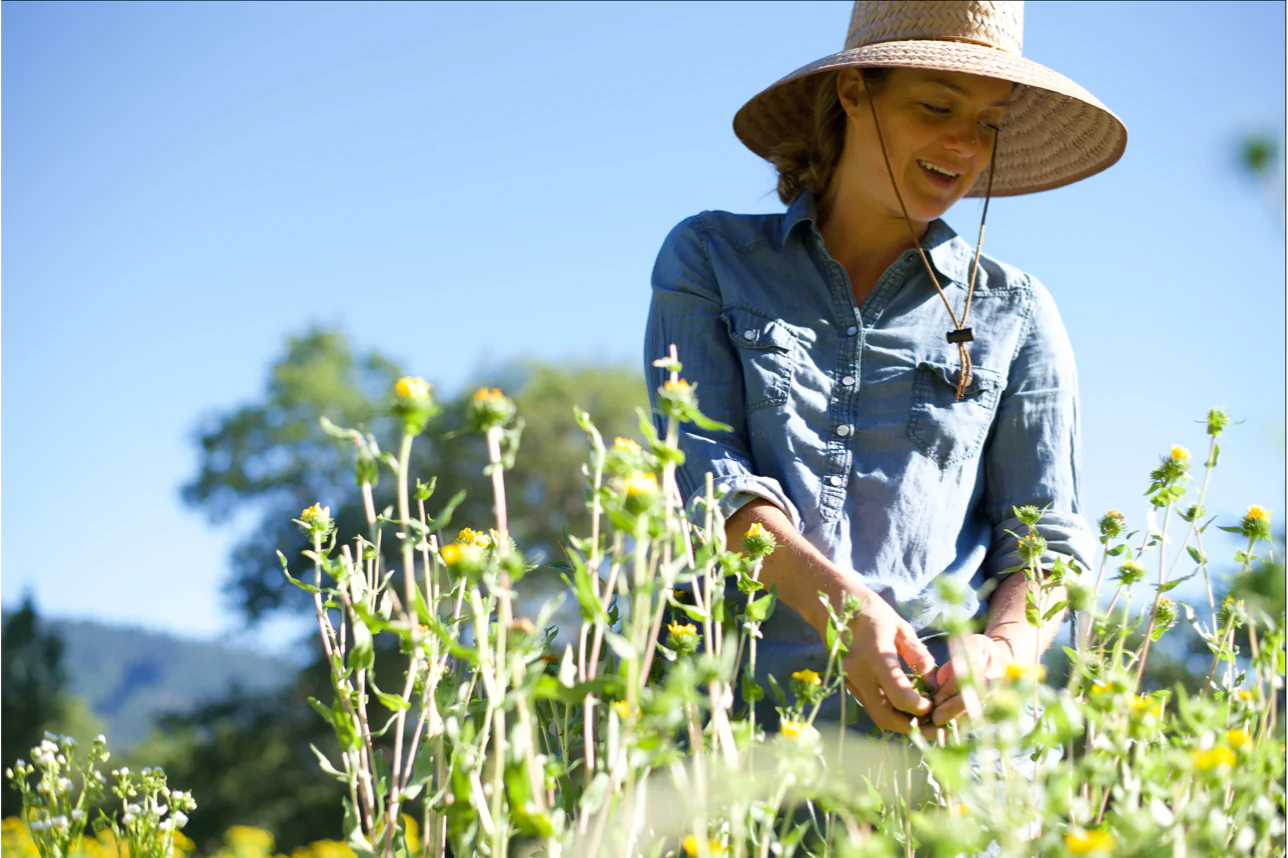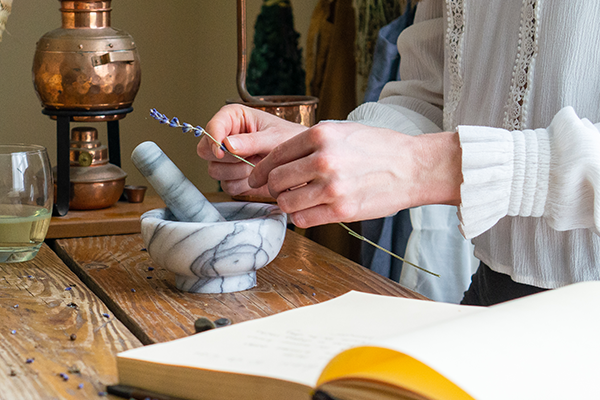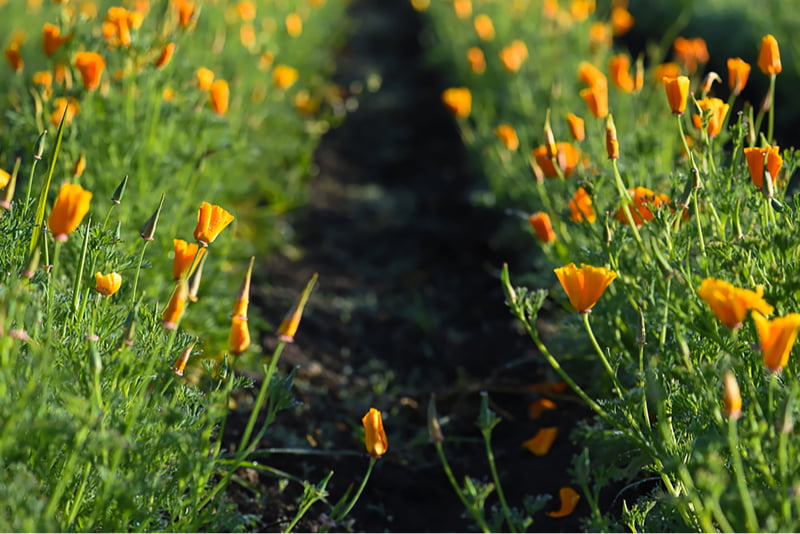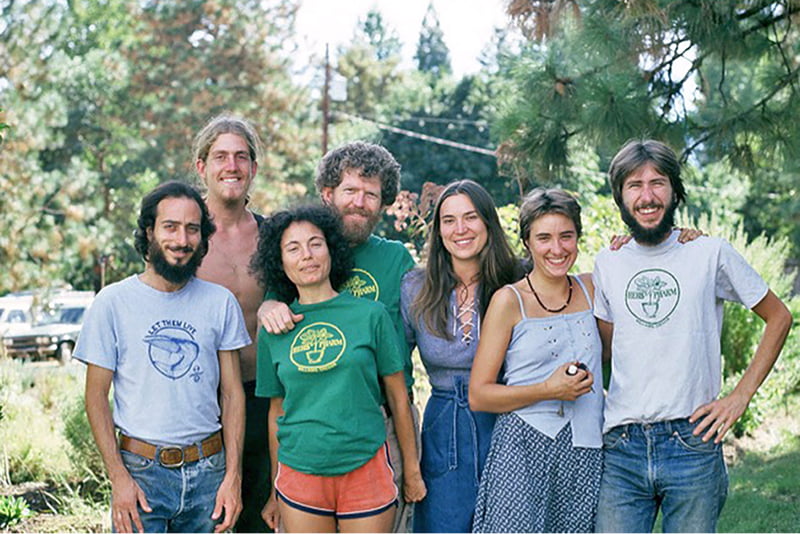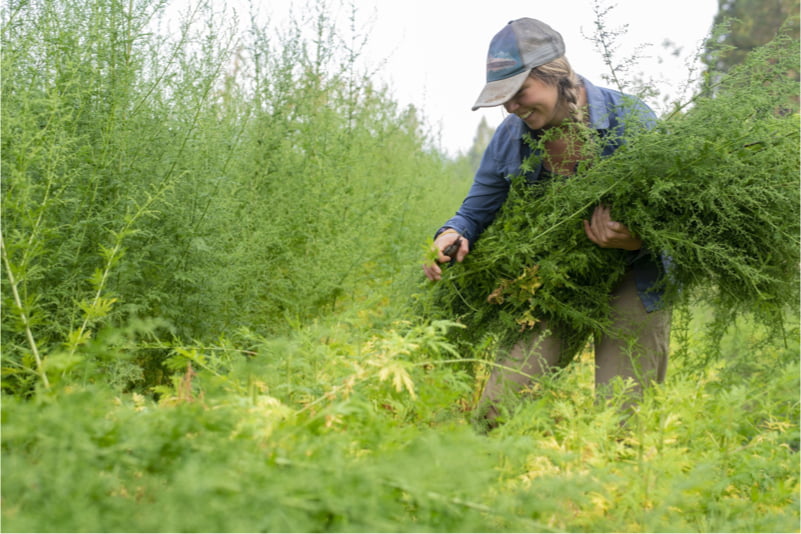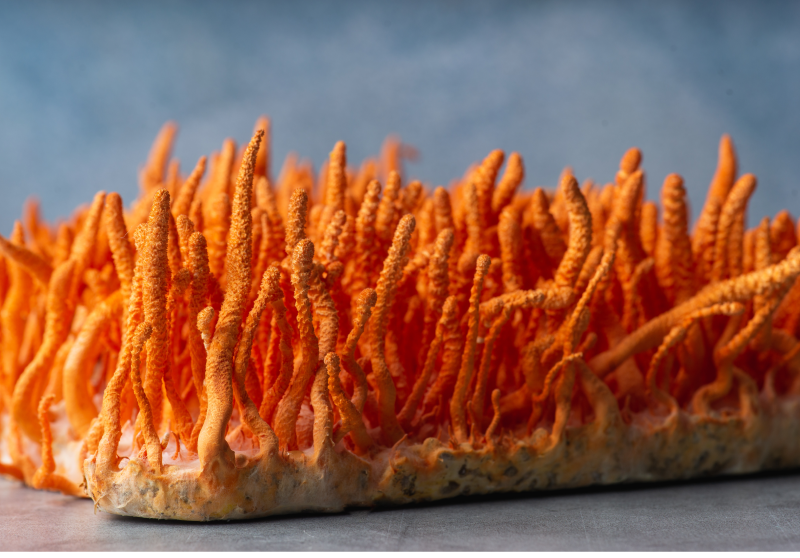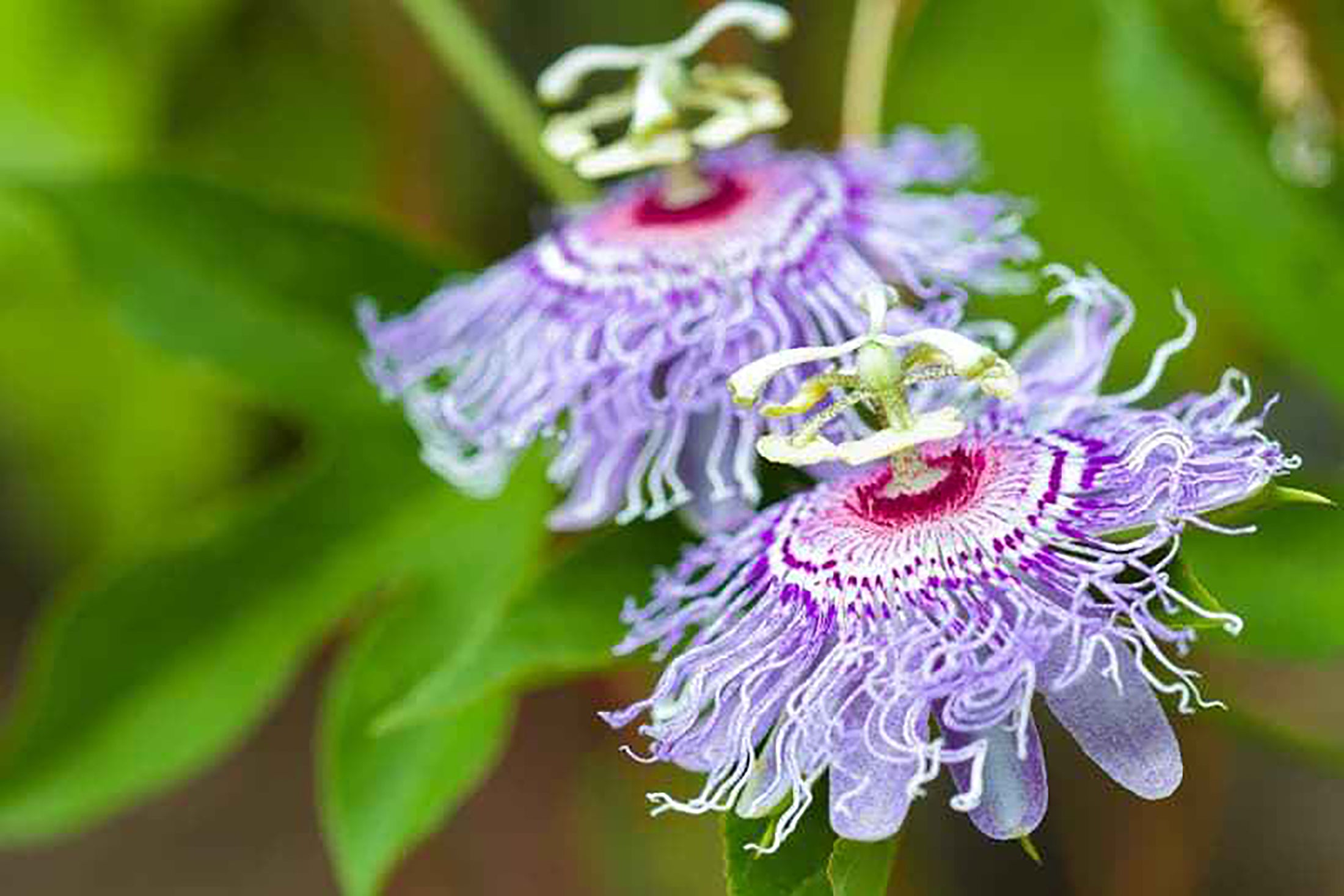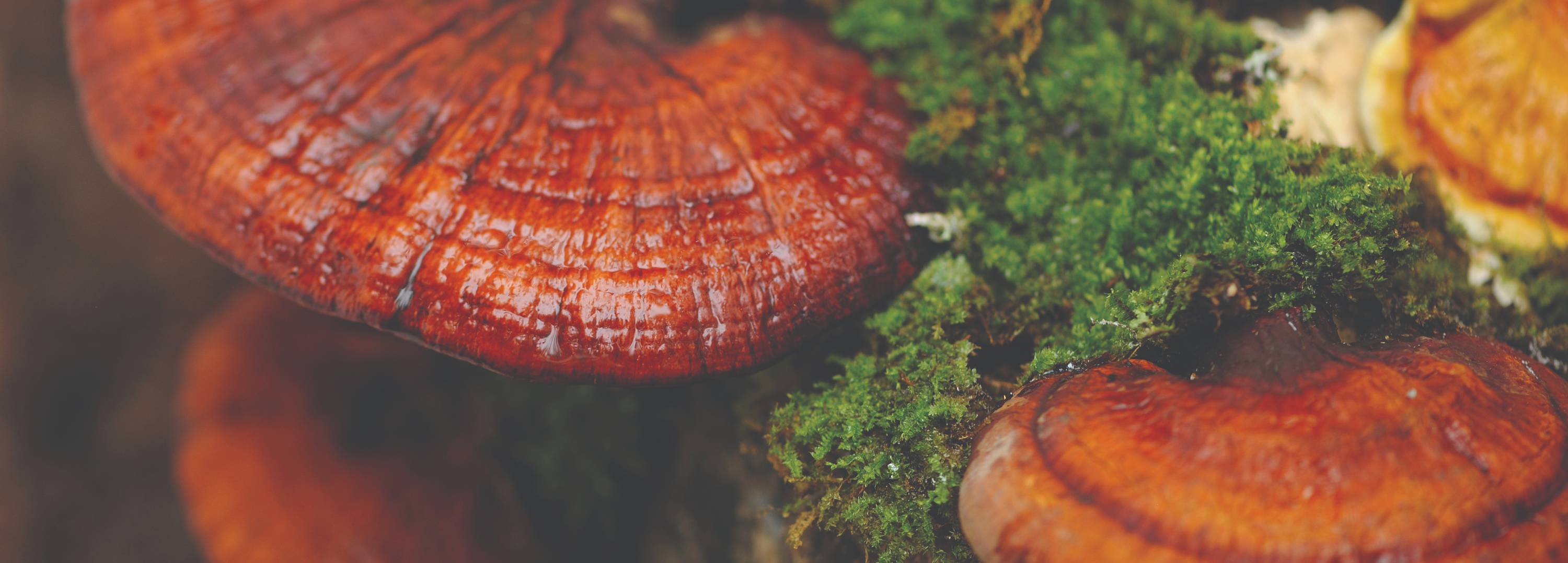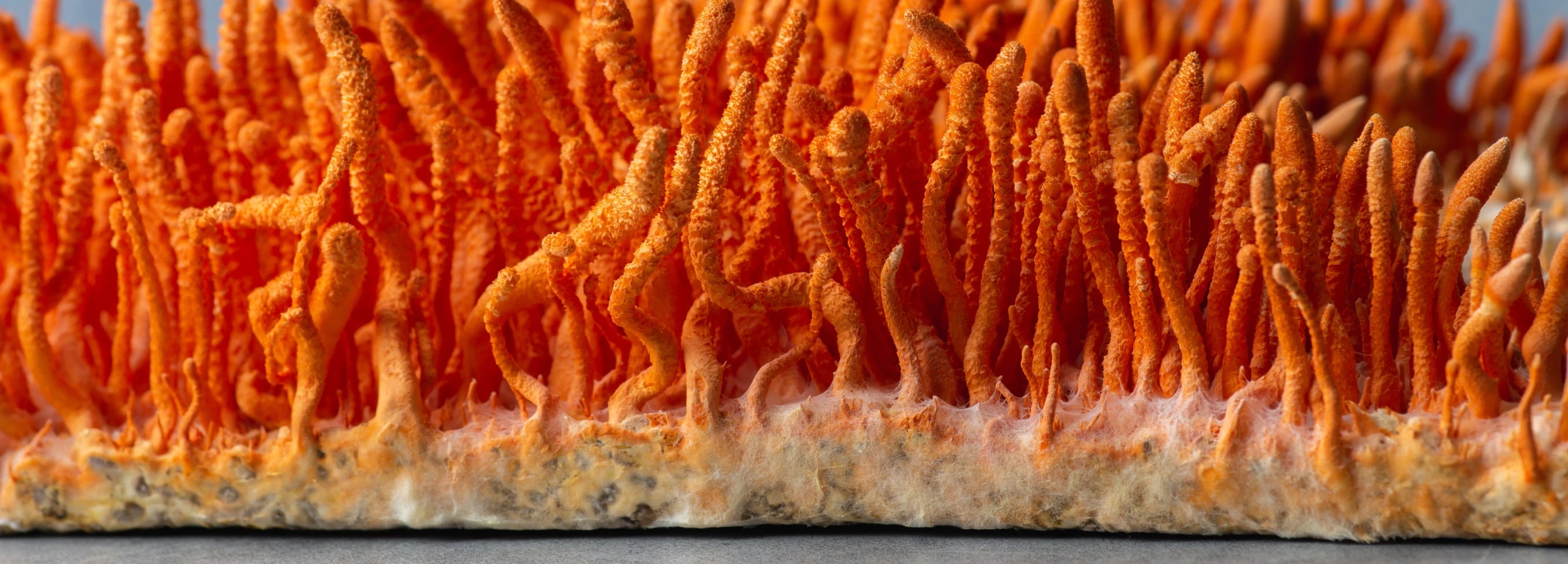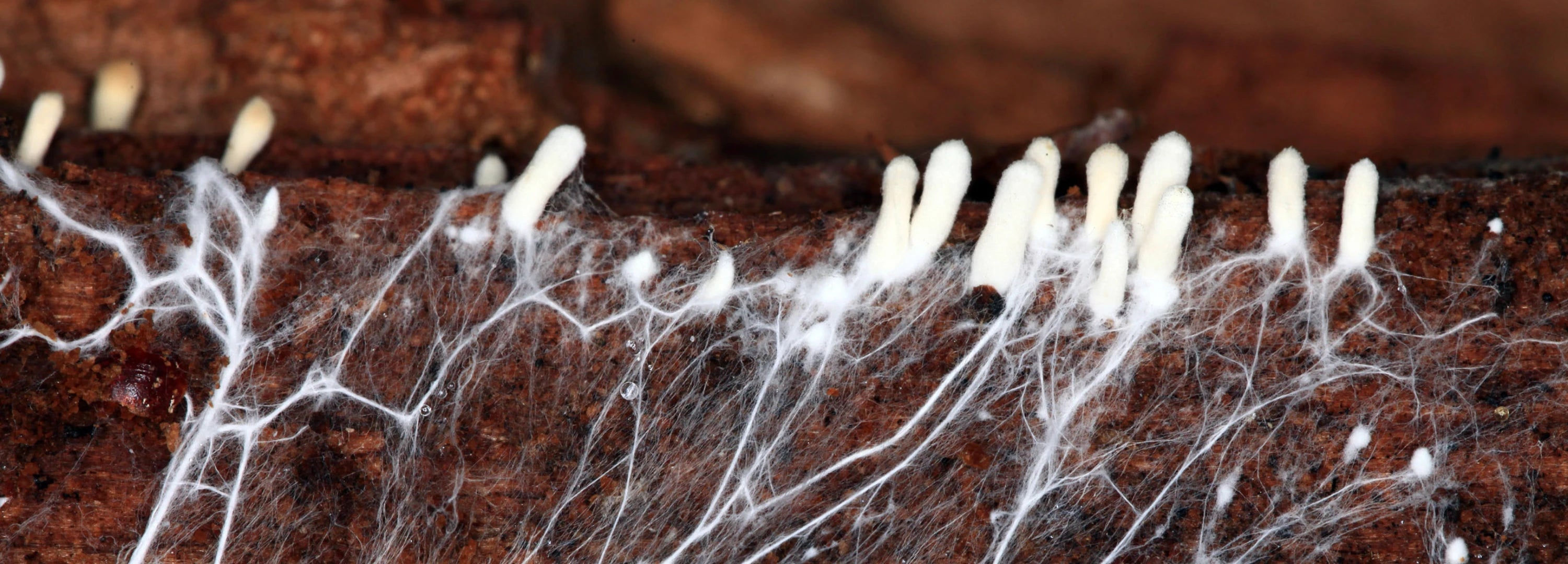
Mushroom WellnessOct 3, 2024
Hidden Wonders: The Mushroom Life Cycle
The lifecycle of a mushroom is a fascinating interplay between the visible and the hidden. Like the unseen
currents beneath a tranquil sea, what we observe is just a glimpse of its complex existence. Most of the
mushroom’s activity happens underground, far from the gaze of the human eye.
Step 1: Spore Germination
A mushroom’s life begins in the quiet world of spores, microscopic structures similar to seeds that
contain the genetic blueprint needed to form new mushrooms. Dispersed through the air, spores lie
dormant in the soil, waiting for the perfect conditions to spring to life.
When the right amount of moisture, temperature, and nutrients are present, the spore germinates, sending
out thin filaments called hyphae into the soil.
Step 2: Mycelium Growth
As hyphae grow and intertwine, they create the mycelium, just as individual threads are woven together to
create a uniform fabric. While we typically notice only the above-ground portion of the mushroom, the
underground mycelium is actually the largest part of the organism. In fact, the world’s largest
organism, the honey fungus, is comprised mostly of mycelium.1
The fast-growing mycelium remains hidden from view as it spreads, working silently beneath the surface.
In a mutually beneficial relationship, it breaks down organic matter and recycles nutrients to fuel its
growth, which also contributes to the health of the ecosystem.
Step 3: Fruit Formation
A crucial tipping point occurs when the conditions are favorable: the mycelium begins to fruit. Early in
the fruiting process, the mycelium consolidates to form primordial knots, also known as primordia.
Thousands of primordia form, but only a select few develop into fruiting bodies. These knots receive all
of the fungus’ energy and nutrients, transforming into tiny caps called pinheads.
Nourished by the mycelium, in many mushrooms the pinheads grow into buttons, which are characterized by
a rounded or dome-shaped cap that is still tightly closed or just beginning to open, perched on top of a
short and thick stem. These buttons mature to become the full-sized fruiting bodies we recognize as
mushrooms. The development of fruiting bodies for "shelf" mushrooms like Reishi is slightly different,
as these generally do not have stalks and emerge from the sides of logs rather than from the soil of the
forest floor.
Step 4: Sporulation
Mushroom fruiting bodies contain a layer of tissue called the hymenium, which may be found on the gills,
inside the pores, or in the hanging spines, depending on the type of mushroom. That’s where the spores
are produced — lots of spores. A single fruiting body can release up to 31,000 spores every second,
totaling 2.7 billion spores a day!2 Most of these spores will never encounter the right
conditions to germinate. But the lucky few that do will begin the whole cycle anew.
The mushroom life cycle is a poignant reminder of the power of transformation. It teaches us that growth
often happens out of sight, that even the most effortless-seeming creations are rooted in the hard work
of forces unseen, and that within all of us lies the potential to become something wonderful and
unexpected.

